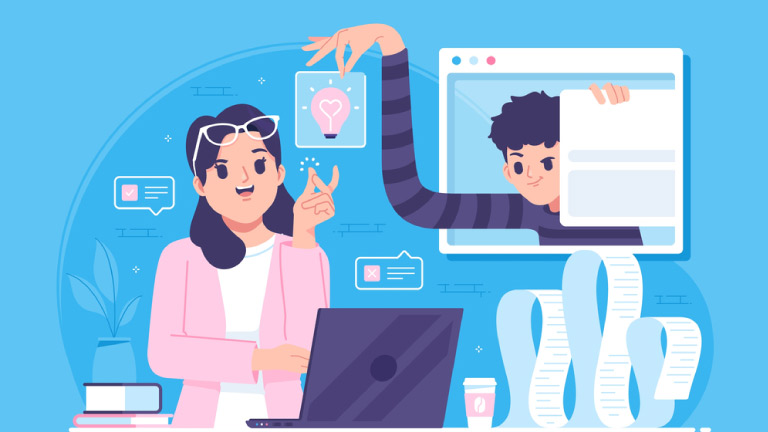What do you mean by plagiarism? How can you get rid of it? Let’s understand the meaning and definition of plagiarism and its importance in blogging. We will also discuss ways to avoid plagiarized content, giving you the power to write your thoughts effectively and legitimately.
Table of Contents
What Is Plagiarism?
What does the term ‘plagiarism’ mean? The term “plagiarism” originates from the Latin language and is derived from the word “plagiarius,” which means “kidnapper.” The risk of plagiarism is immense, especially in this digital landscape. Since writing blogs, articles, and web articles is the heart of copywriting and content creation, using someone’s work without proper attribution can have severe consequences for the writer.
Plagiarism is stealing words, phrases, ideas, and someone’s work that one would label and consider their own. It is mainly copied and pasted from other sources and websites without giving proper credit.
In most cases, plagiarism is unintentional. While studying for a specific piece of writing, it is not uncommon to come across broad ideas and novel content for writing. So, it’s important to remember that sometimes, you paraphrase it and write it with new thoughts and information when researching something. Additionally, it can be any form of media, i.e., text, images, or any other media.
Therefore, proper licenses and permission are required before using other writers’ work. It is essential to follow ethical writing standards with appropriate acknowledgment. Bloggers and writers must be careful and mindful of citing resources and sources and seeking permission for external sources like images and graphics.
How To Avoid Plagiarism? And How To Change Plagiarism Content?
As you must be aware of the duplicate content checker, various tools are available online to make necessary revisions and changes to the content to maintain credibility and avoid any potential legal consequences.

Online tools like Grammarly help check grammar, and with the recent update, it also has a plagiarism checker that scans the content for similarities with other sources.
Ways To Avoid Copying Content:
1. Acknowledge the Source: If you’ve inadvertently used someone else’s work without proper attribution, the first step is to acknowledge the source. Add a citation to the original author and clarify that these are not your words or ideas. This is useful in content curation.
2. Paraphrase Effectively: If your content closely resembles another source, consider a comprehensive paraphrasing. Change the sentence structure, replace words with synonyms, and ensure your interpretation is distinct.
3. Add Your Perspective: When discussing facts or common knowledge, add your insights and perspectives. This contributes to the uniqueness of your content and reduces the chances of unintentional plagiarism.
4. Use Plagiarism Checker Tools for Self-Check: Before publishing, run your content through plagiarism checker tools. This self-check ensures that your revised content is free from unintentional similarities with existing sources.
5. Seek Professional Editing: Consider hiring a professional editor to review your work. An external perspective can identify areas that still need modification and enhance the overall quality of your content.
The Importance Of Writing Original Content
There are several benefits of writing plagiarized free content.
-
Credibility and Trust
Original content establishes your credibility as a blogger and builds trust with your audience. Plagiarism can erode this trust, damaging your reputation.
-
Legal Consequences
Plagiarism can result in legal action, leading to fines and other penalties. Protect yourself and your blog by creating original content.
-
SEO Benefits
Search engines favor original and high-quality content. It is inappropriate to copy or steal other’s work or content, as it can harm your blog’s search engine rankings.
-
Audience Engagement
Unique content attracts and engages readers. Plagiarism-free blogs are more likely to be shared, increasing your reach and influence.
Conclusion
In the dynamic world of blogging, creating original and plagiarism-free content is not just a best practice; it’s a necessity. Bloggers must avoid copying and ripping off content by understanding its various forms, properly citing sources, and utilizing plagiarism checker tools. Maintaining originality cannot be overstated, as it directly impacts credibility, legal standing, and audience engagement. By following the steps outlined in this article, bloggers can ensure that their content is informative, ethically sound, and indeed their own. This will help bloggers to come up with original ideas.
